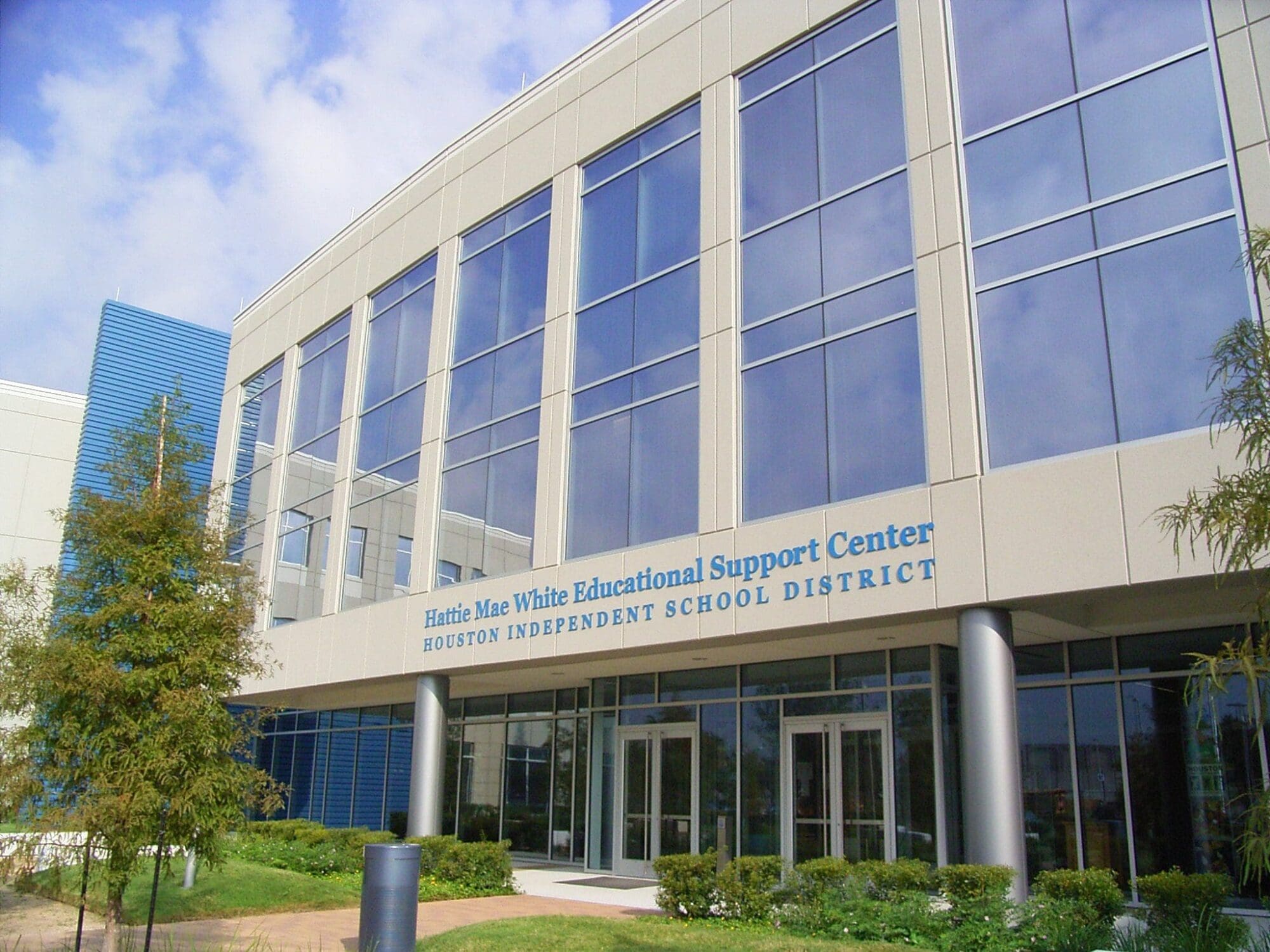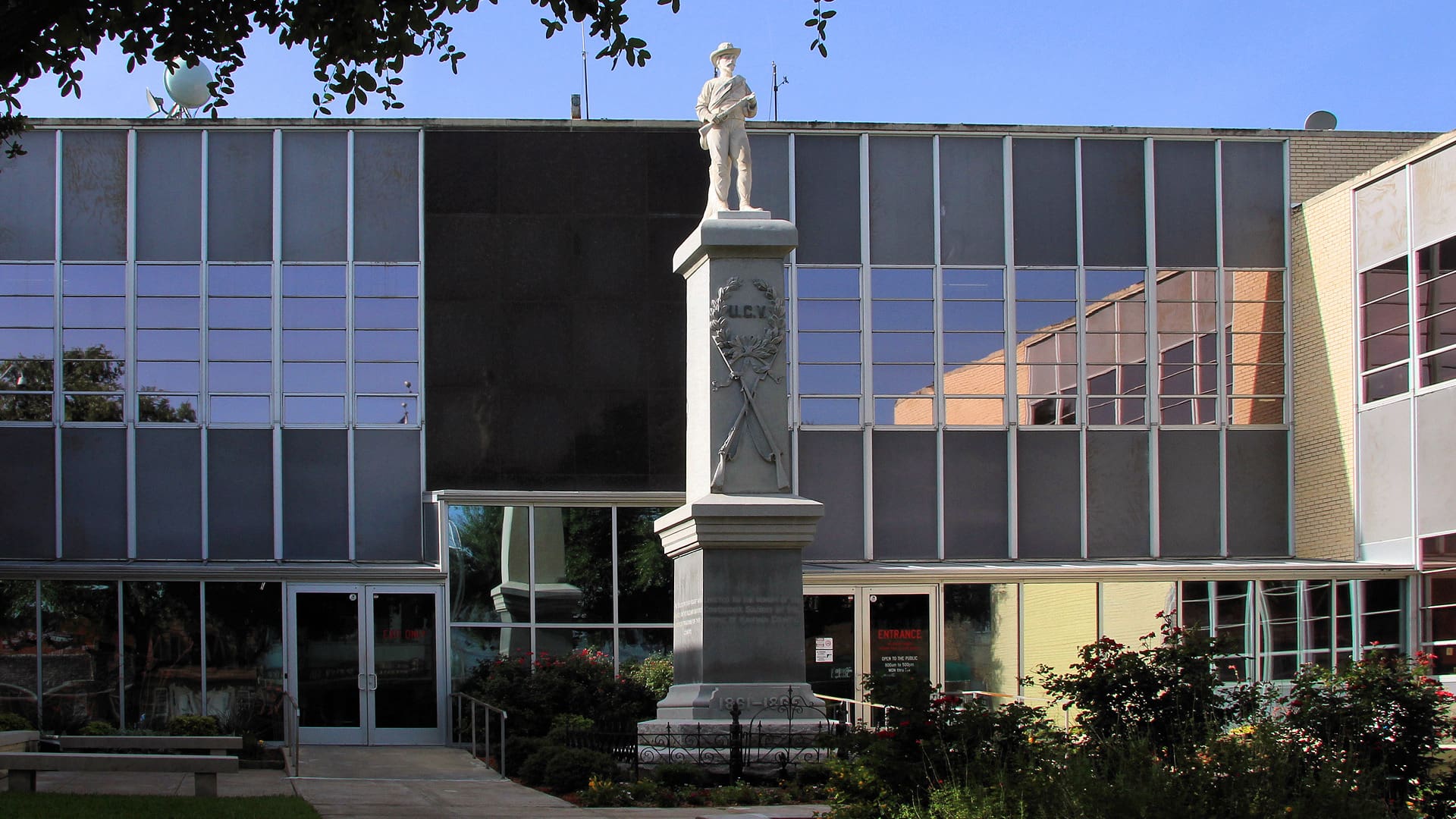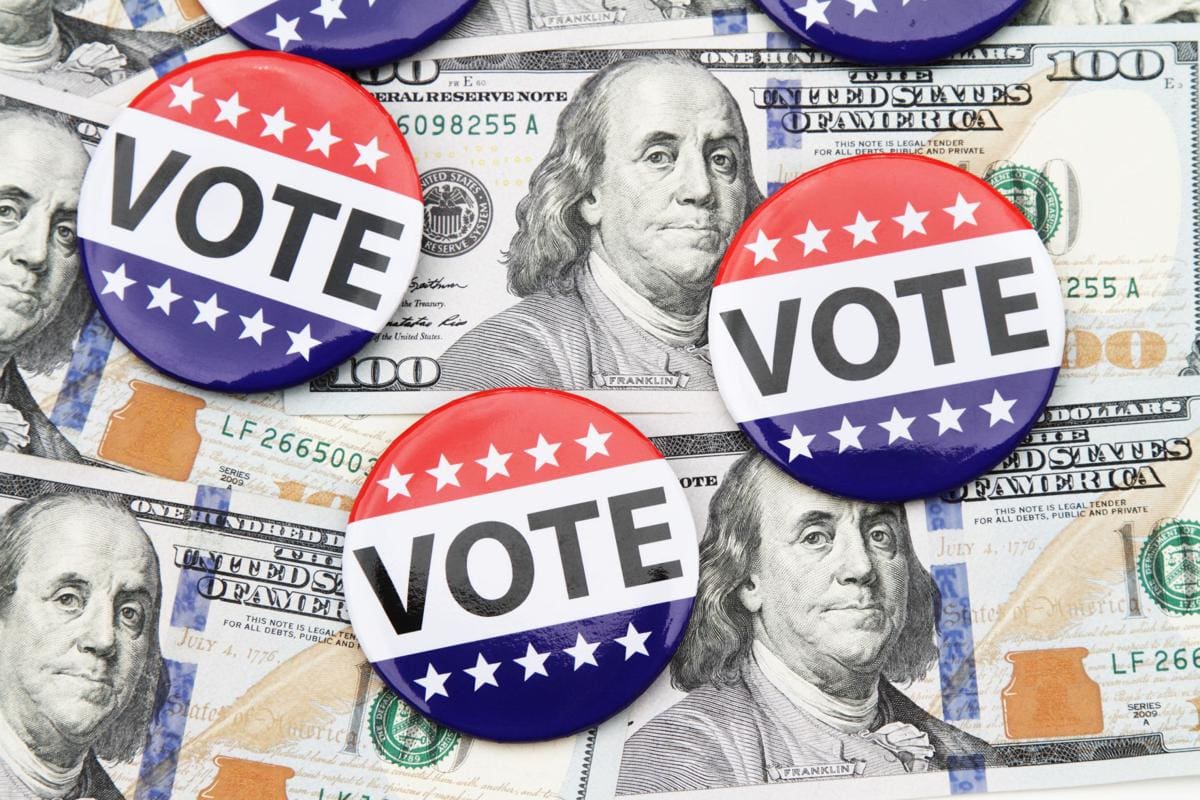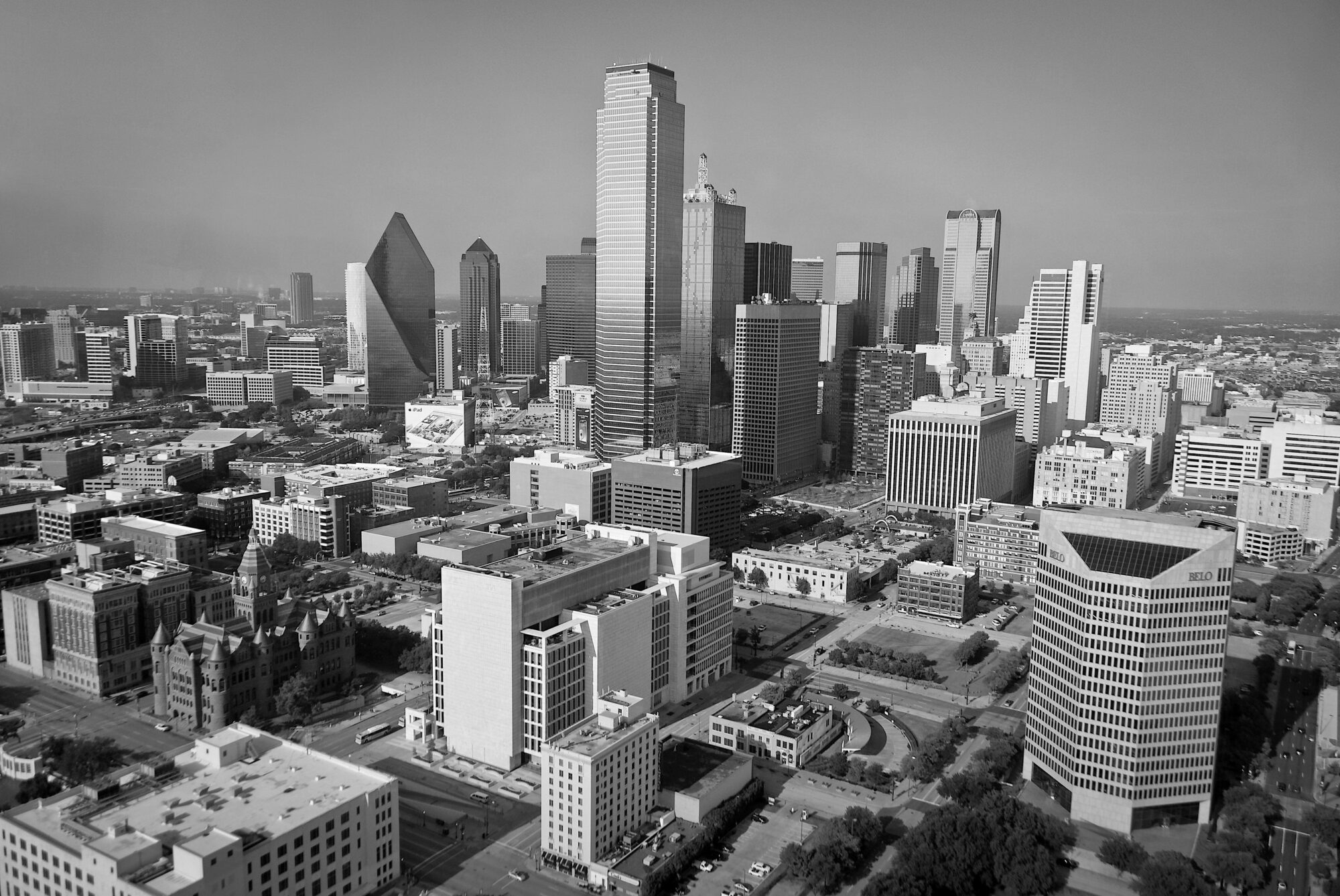In November, Austin voters will decide on City Proposition 1—a billion dollar transit rail line that will over double the city’s debt and lead to a substantial tax increase for property tax payers. Unlike previous elections on boondoggle projects, greater citizen engagement has led Austin City Council members to resort to downright deception to swindle voters into adopting their pet project.
In another example of transit decadence, the City of Austin’s elected officials are hoping to solicit federal and state transportation dollars to cover over half of the expected $1.4 billion cost of a 9.5-mile light rail line. For anyone doing the math, that comes out to around $147 million per mile.
Even worse: savvy, unscrupulous city politicians, hoping to tap into Austinites’ disdain for the city’s notorious traffic woes, have tied the massive $600 million rail expenditure to $400 million in what they have dubbed “road and highway improvement” funding for the city’s drivers—hoping voters will ignore key details of the funding.
Drivers should know: many of the “road improvement” projects cited in the plan will be undertaken to aid future rail expansion—meaning that the entire bond exists solely to support the proposed and future rail plans.
Critics of the rail plan have been quick to point to the nonsensical track layout that bypasses many major job corridors and population centers in the capital city area. Even many who want rail in Austin oppose the plan due to the proposed layout.
Another worthy criticism include the fact that local officials are literally placing a “bet” that the Federal Transit Administration (FTA) and Texas Department of Transportation (TXDOT) will put up the rest of the money for the ten-figure sum needed to build the line. The bond approval would amount to a “first step” in submitting an application for FTA and TXDOT funds.
Given TXDOT’s recent appetite for squandering taxpayer funds on such extravagantly bloated transit projects, the possibility of Austin receiving state funds isn’t unlikely.
City officials are touting how the plan will relieve congestion despite an average weekday ridership of 2,900 trips on the current CapMetroRail system. Bear in mind, one person will usually take two trips in one day.
Current numbers of “consistent” Metrorail commuters represent less than two-tenths of one percent of all commuters in the Austin Metro area, according to the Census Bureau’s American Community Survey Data.
While politicians and bureaucrats pick-out colors for ribbon-cuttings and count federal dollars that may or may not be there for the project, Austin taxpayers face one of the highest costs of living in the Lone Star State.
Not surprisingly, growing government waste attracted the initial approval of the Travis County Democratic Party. Ironically, the party was unable to endorse the plan because of infighting between the party’s elites who favor the plan and many grassroots members who oppose the plan for what it is—a debt train to nowhere.
Little ridership, no impact on traffic problems, and astronomically high costs are three major reasons voters should be wary going to the polls in favor of Prop 1 this November. There is little doubt that if the rail project was a stand-alone bond proposition without the farcical “road improvement sweetener,” voters would easily disapprove on these merits alone. Austin voters must show city politicians that they will not be played and reject Prop 1’s debt train to nowhere.




